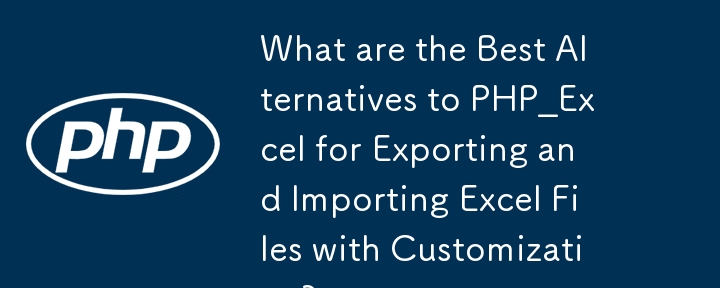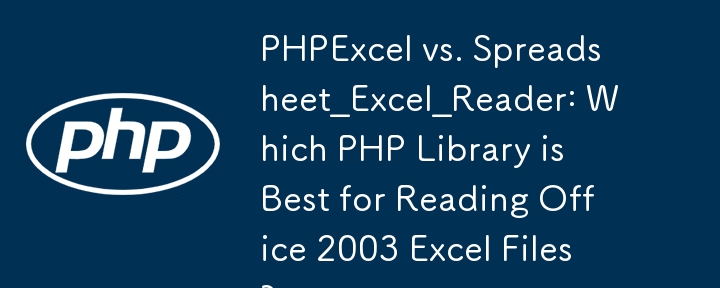Found a total of 10000 related content
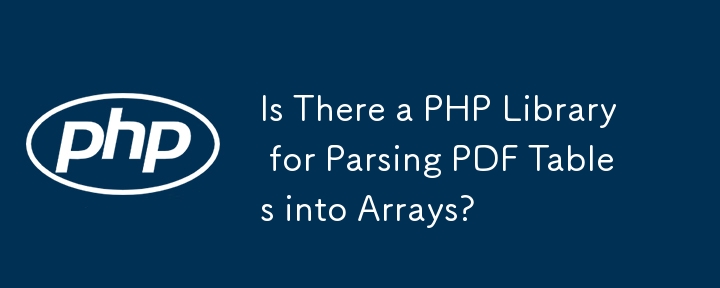


How to safely purge old MySQL binlog files?
Article Introduction:To clean MySQL binlog files, you should use the PURGEBINARYLOGS command or set the automatic expiration time, and files cannot be deleted directly. 1. Use the PURGE command to clean old logs by file name or time. Before execution, you need to confirm that the slave library no longer uses the relevant logs; 2. Check the current log status and slave library location through SHOWMASTERSTATUS and SHOWSLAVESTATUS to ensure the security of the cleaning range; 3. It is recommended to set the binlog_expire_logs_seconds parameter to achieve automatic cleaning, which is suitable for long-term operation environments; 4. Deleting files directly will cause serious problems such as master-slave synchronization failure and inconsistent log information, and must be avoided.
2025-06-19
comment 0
770

Setting up asynchronous primary-replica replication in MySQL
Article Introduction:To set up asynchronous master-slave replication for MySQL, follow these steps: 1. Prepare the master server, enable binary logs and set a unique server-id, create a replication user and record the current log location; 2. Use mysqldump to back up the master library data and import it to the slave server; 3. Configure the server-id and relay-log of the slave server, use the CHANGEMASTER command to connect to the master library and start the replication thread; 4. Check for common problems, such as network, permissions, data consistency and self-increase conflicts, and monitor replication delays. Follow the steps above to ensure that the configuration is completed correctly.
2025-07-06
comment 0
435
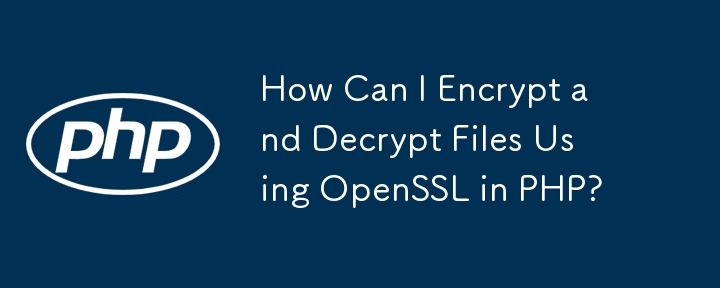

Hassle-Free Filesystem Operations during Testing? Yes Please!
Article Introduction:Virtual File System (VFS) simulates file system operations in unit tests, avoiding the hassle of cleaning temporary files. This article describes how to use the vfsStream library to simplify the testing of file system operations in PHP unit tests.
First, we have a simple FileCreator class for creating files:
2025-02-14
comment 0
504
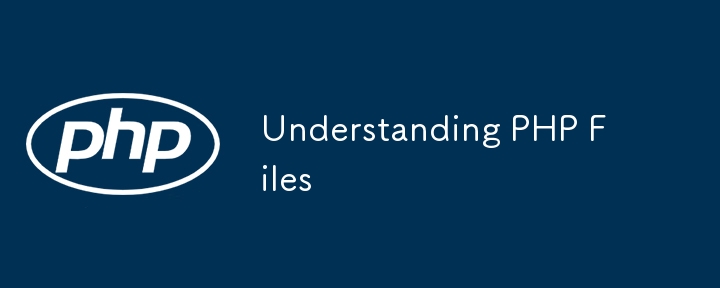
Understanding PHP Files
Article Introduction:PHP files are server-side scripting language files used for dynamic web development. They can process form data, connect to databases, generate dynamic content, and control access rights. It ends with .php, and the code returns the result to the browser after it is executed on the server. To run PHP files, you need to install a local server environment such as XAMPP, put the files in the server directory and access them through the browser. PHP is usually mixed with HTML. It is recommended to master HTML, CSS, JavaScript and basic programming concepts before learning. Practice more to get started quickly.
2025-07-17
comment 0
185

How do I manage environment-specific configurations with Composer?
Article Introduction:Managing environment configuration in PHP projects can be achieved in a variety of ways. First, use the .env file of the Dotenv library to create configuration files for different environments such as .env.development and .env.production, and load them through vlucas/phpdotenv, and submit the sample files and ignore the real files; second, store non-sensitive metadata in the extra part of composer.json, such as cache time and log levels for script reading; third, maintain independent configuration files such as config/development.php for different environments, and load the corresponding files according to the APP_ENV variable at runtime; finally, use CI/C
2025-06-22
comment 0
557

How to add header file paths in vscode
Article Introduction:How to add header file paths in Visual Studio Code? Open the Settings page and search for the "c_cpp_properties.includePath" setting. Under "Include Path", add the path to the header file you want to include, separated by a semicolon. Use the #include keyword to specify the location of the header files in the standard library or project folder. Create a Makefile and add an INCLUDES row, specifying the include path. Compile the project and restart VSCode.
2025-04-15
comment 0
328
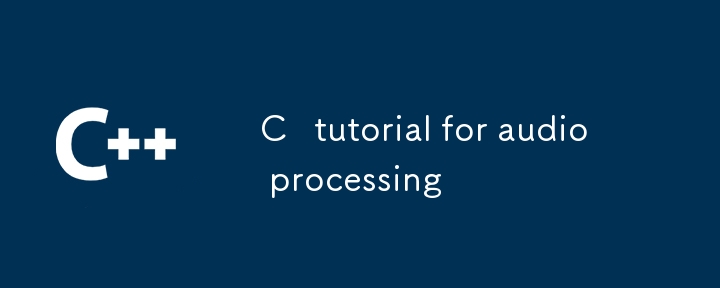
C tutorial for audio processing
Article Introduction:If you want to use C for audio processing, the key to getting started is to master the library and process. First of all, we need to understand common libraries: PortAudio is used for real-time input and output, libsndfile is used for file reading and writing, JUCE is suitable for plug-in development, and RtAudio is suitable for prototype construction; then learn how to use libsndfile to read and write audio files through interfaces such as sf_open, sf_readf_float, sf_writef_float, etc., and pay attention to the number of channels; then master the callback function mechanism of PortAudio, set the sampling rate and buffer size, and realize real-time audio processing; finally, if the goal is plug-in development, it is recommended to use JUCE, and use its templates, DSP modules and graphical interface functions to gradually
2025-07-02
comment 0
546

How to set environment variables in PHP environment Description of adding PHP running environment variables
Article Introduction:There are three main ways to set environment variables in PHP: 1. Global configuration through php.ini; 2. Passed through a web server (such as SetEnv of Apache or fastcgi_param of Nginx); 3. Use putenv() function in PHP scripts. Among them, php.ini is suitable for global and infrequently changing configurations, web server configuration is suitable for scenarios that need to be isolated, and putenv() is suitable for temporary variables. Persistence policies include configuration files (such as php.ini or web server configuration), .env files are loaded with dotenv library, and dynamic injection of variables in CI/CD processes. Security management sensitive information should be avoided hard-coded, and it is recommended to use.en
2025-07-25
comment 0
226

Including Files in PHP
Article Introduction:The difference between include and require in PHP is in error handling: when include error occurs, it will issue a warning and continue execution, suitable for non-core files; when require error occurs, it will trigger a fatal error and stop the script, suitable for core files. 1. include_once and require_once can avoid duplicate inclusion and are suitable for function libraries, configuration files, etc. 2. It is recommended to use __DIR__ to build a stable path to prevent path errors. 3. Sensitive files should be prohibited from external access to prevent information leakage. 4. It is recommended to use require_once for the core class library to ensure that it is loaded without duplication. 5. In terms of performance include/require is slightly faster, but the differences can be made in actual development.
2025-07-18
comment 0
752

How to fix 'The application has failed to start because its side-by-side configuration is incorrect'
Article Introduction:This error is usually caused by missing or corrupt VisualC Redistributable package, abnormal system file, wrong configuration of manifest file or compatibility issues. The solutions are as follows: 1. Install or repair the VC runtime library. It is recommended to install x86 and x64 versions of VC 2015-2022; 2. Use sfc/scannow and DISM tools to repair the system files; 3. Check and correct the manifest file and analyze log location problems with sxstrace.exe; 4. Try to run the program in compatible mode, especially for old software. In most cases, it is possible to solve the problem by prioritizing VC runtime and system files.
2025-07-18
comment 0
430
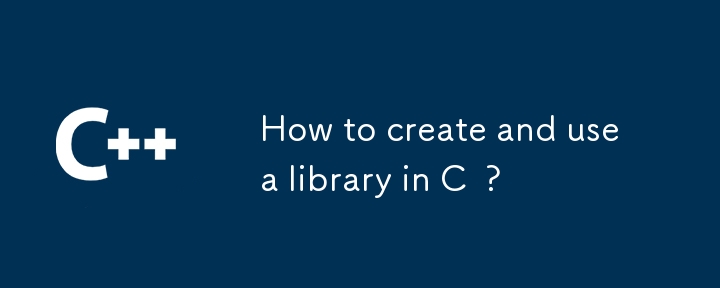
How to create and use a library in C ?
Article Introduction:Creating and using libraries in C is for code reuse and modular development. 1. To create a static library, you need to write the source code and compile it into a target file, and then package it into a .a or .lib file, and you can link it when using it; 2. To create a dynamic library, you need to compile it into location-independent code, and then generate .so or .dll files, and load it at runtime; 3. When using the library, you need to ensure that the header file matches the library version, avoid mixing static and dynamic libraries, and troubleshoot link errors through tools; 4. It is recommended to install third-party libraries through the package manager to reduce configuration problems; in summary, the core lies in standardizing interfaces, correct compilation and reasonable references.
2025-07-23
comment 0
188

How to Analyze System Logs on Linux for Troubleshooting
Article Introduction:To effectively analyze Linux system logs, you must first master the location of key log files and use the correct tools for filtering and searching. 1. The main log is located in the /var/log directory, such as syslog, auth.log, kern.log, etc., and the system using systemd should view the logs through the journalctl command. 2. Use journalctl to view all logs (journalctl), real-time tracking (journalctl-f), filter by service (journalctl-ussh.service), view this startup log (journalctl-b), or only display errors and above-level messages (journalct
2025-08-04
comment 0
693
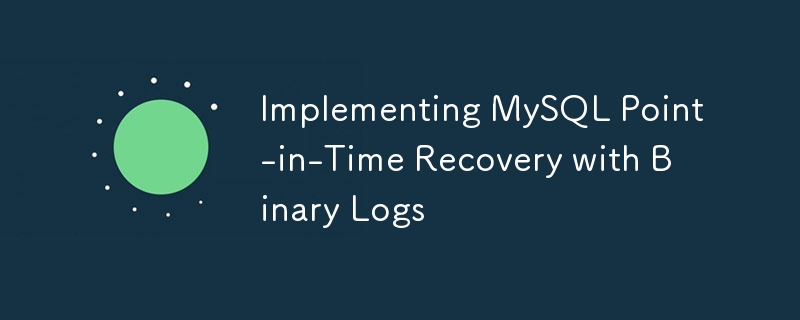
Implementing MySQL Point-in-Time Recovery with Binary Logs
Article Introduction:To use MySQL binary logs for point-based recovery (PITR), 1. Make sure that binlog is enabled and the format is ROW or MIXED; 2. Make regular full backups to improve recovery efficiency; 3. Find the time point or location of the misoperation through mysqlbinlog tool; 4. First restore the most recent full backup, and then apply binlog to make up for the error until before the failure; 5. Pay attention to processing multiple binlog files in sequence, and verify the SQL content in the test environment; 6. If the main library binlog is missing, try to obtain it from the slave library; 7. Ensure that the server time is accurate to avoid recovery deviations. As long as the configuration is correct and the complete log chain is retained, most error operations can be recovered.
2025-07-19
comment 0
281

Establishment of integrated development environment between Nginx and PHP-FPM
Article Introduction:The key to the efficient combination of Nginx and PHP-FPM is that Nginx forwards PHP requests to PHP-FPM. 1.Nginx configuration needs to include location blocks, specify rules for processing .php files, and set fastcgi_pass to point to the PHP-FPM listening address (usually 127.0.0.1:9000). 2. Advanced configuration includes Nginx load balancing, cache static resources and secure configuration. 3. Frequently asked questions include PHP-FPM startup failure, Nginx cannot connect to PHP-FPM and 502 errors, and you need to check the configuration and PHP-FPM process. 4. Performance optimization can be adjusted by adjusting the number of PHP-FPM processes, enabling Opcache and enabling
2025-04-13
comment 0
734
